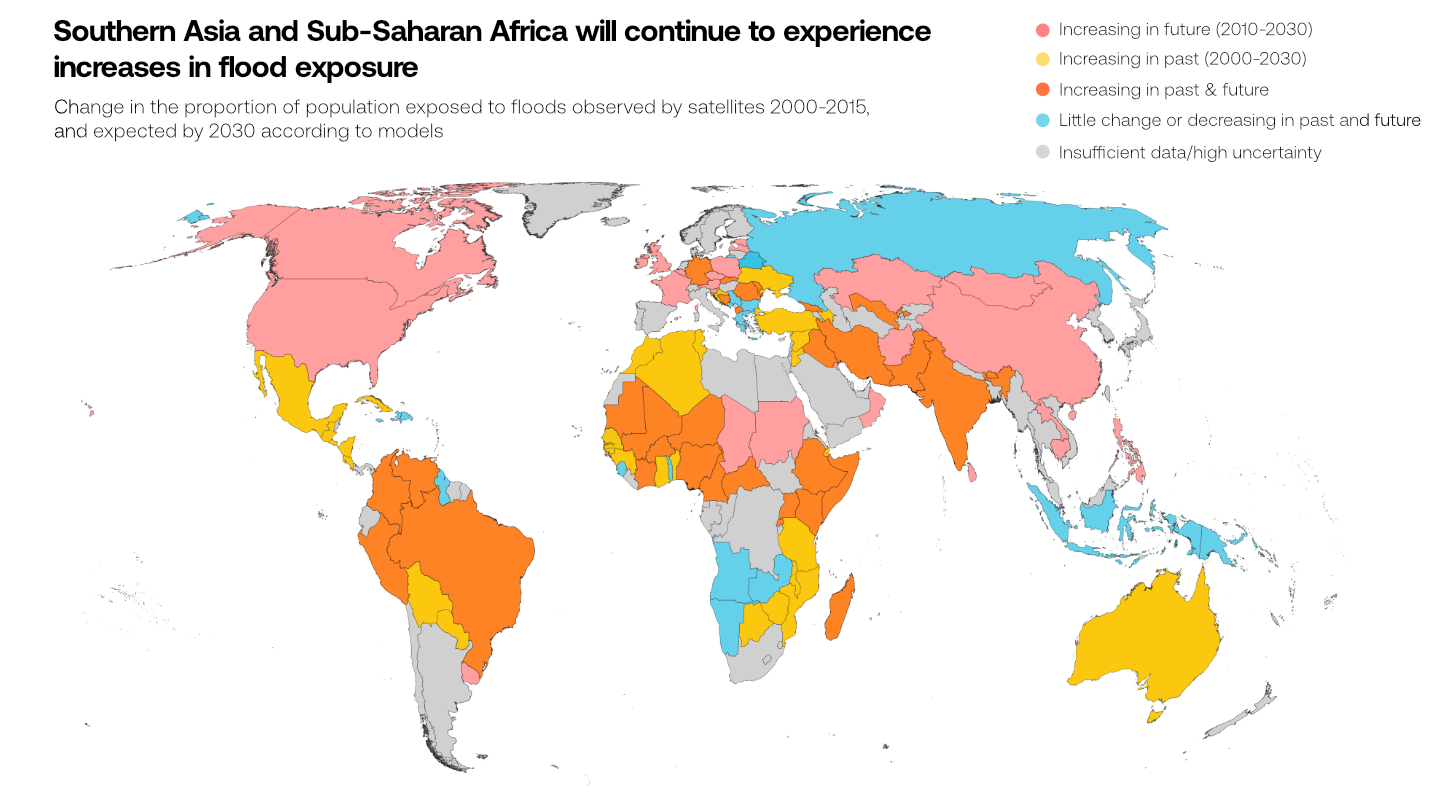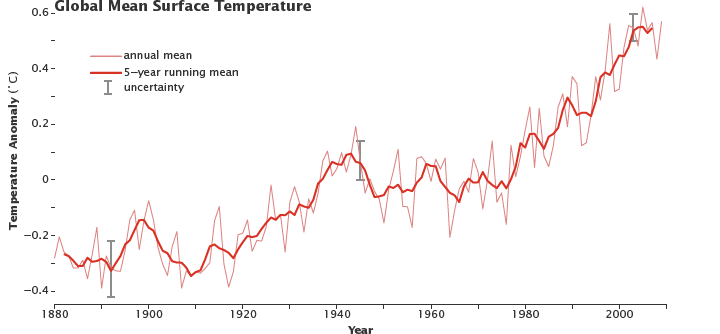Phil Scott, the governor of Vermont reflected on recent torrents of rain stating that he hasn’t been witness to such rainfall since Hurricane Irene in 2011. On July 9th, 2023, powerful storm systems battered the Northeast with nearly 10 inches of rainfall flooding New York’s Lower Hudson Valley in less than a day. The mountain rivers breached their banks and inundated towns across Vermont state. A clear indication of the effects of climate change.
It’s a global phenom. Countries worldwide have grappled with extreme water-related disasters, from the Alpine region and Western Europe to Pakistan, India, Australia, as well as multiple U.S. states in 2022 and 2023. It is clear that the role of climate change in these deluges is becoming increasingly conspicuous.

Comprehensive studies conducted by scientists globally reveal that the water cycle is intensifying and will continue to do so as the planet warms. A 2021 international climate assessment, co-authored for the Intergovernmental Panel on Climate Change (IPCC), meticulously reviewed research findings and laid out the details.
A surge in both wet extremes, including intensified rainfall across most regions, and dry extremes, leading to arid conditions in the Mediterranean, southwestern Australia, southwestern South America, South Africa, and western North America were notably documented. The assessment underscored that both wet and dry extremes will persist and will magnify with future warming.
Water continuously circulates through the environment, traversing the atmosphere, oceans, land, and frozen reservoirs, fueling this intensification. It may descend as rain or snow, infiltrate the earth, flow into water bodies, merge with the ocean, freeze, or evaporate back into the atmosphere. In recent decades, there has been a discernible escalation in precipitation and evaporation rates.
Several factors contribute to the intensification of the water cycle, but one pivotal element clearly noted is the rising of temperatures, which elevate the upper limit of moisture the air can hold. This augments the potential for more significant rainfall.
This aspect of climate change is substantiated across multiple lines of evidence. It aligns with fundamental physics, is projected by sophisticated computer models, and is discernible in observational data, where an overall increase in rainfall intensity correlates with rising temperatures.
Comprehending these transformations in the water cycle is imperative beyond disaster preparedness. Water stands as a fundamental resource for ecosystems and human societies alike, particularly in agriculture.
As we progress, an intensifying water cycle implies that both wet and dry extremes and overall variability within the water cycle will heighten, though not uniformly worldwide. Precipitation intensity is anticipated to amplify across most land areas, with the most significant increases in aridity predicted for the Mediterranean, southwestern South America, and western North America.
On a global scale, daily extreme precipitation events are projected to intensify by approximately 7% for every 1 degree Celsius (1.8 degrees Fahrenheit) rise in global temperatures. A rise that has been taking place globally since the early 1800’s and man’s Industrial Era.

Additionally, the report mentioned illustrates that various other crucial facets of the water cycle will undergo transformations as global temperatures soar. Reductions in mountain glaciers, a shortened duration of seasonal snow cover, earlier snowmelt, and nuanced shifts in monsoon patterns across different regions are expected, affecting the water resources of billions of people.
A common thread runs through all these facets of the water cycle; it seems this simple. Higher greenhouse gas emissions lead to more pronounced impacts. While the IPCC does not make policy recommendations, its findings illuminate the consequences of different choices and offer an outline that politicians can take note of when planning future campaigns.
It stands clear from the scientific evidence within the report: limiting global warming to the international target of 1.5 degrees Celsius (2.7 degrees Fahrenheit) necessitates swift, substantial, and immediate reductions in greenhouse gas emissions. As the evidence shows, every fraction of a degree is of critical importance.






